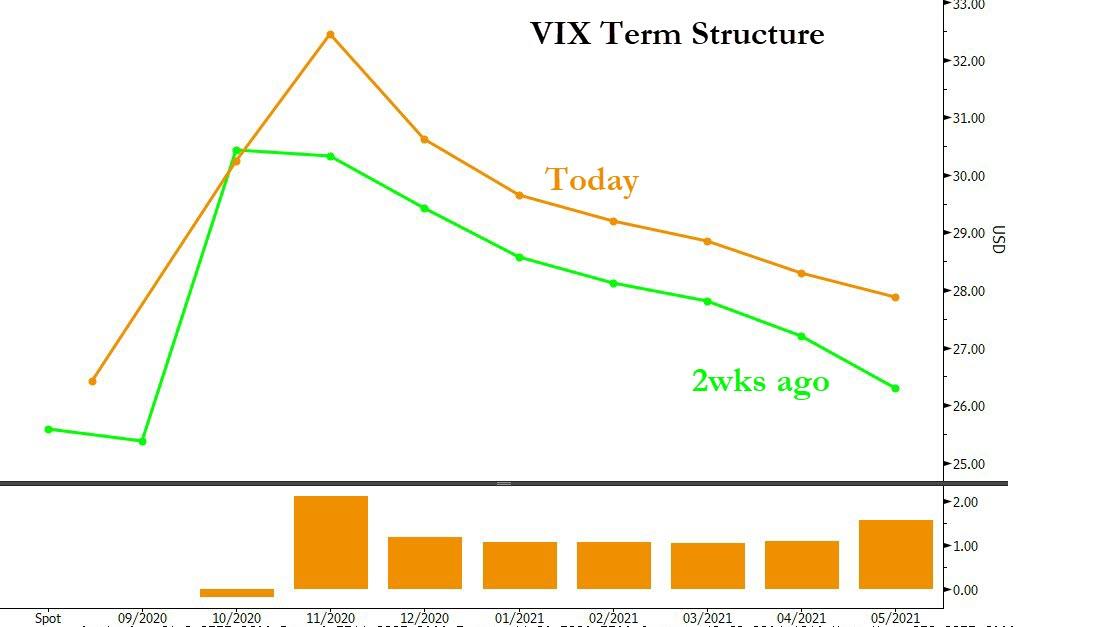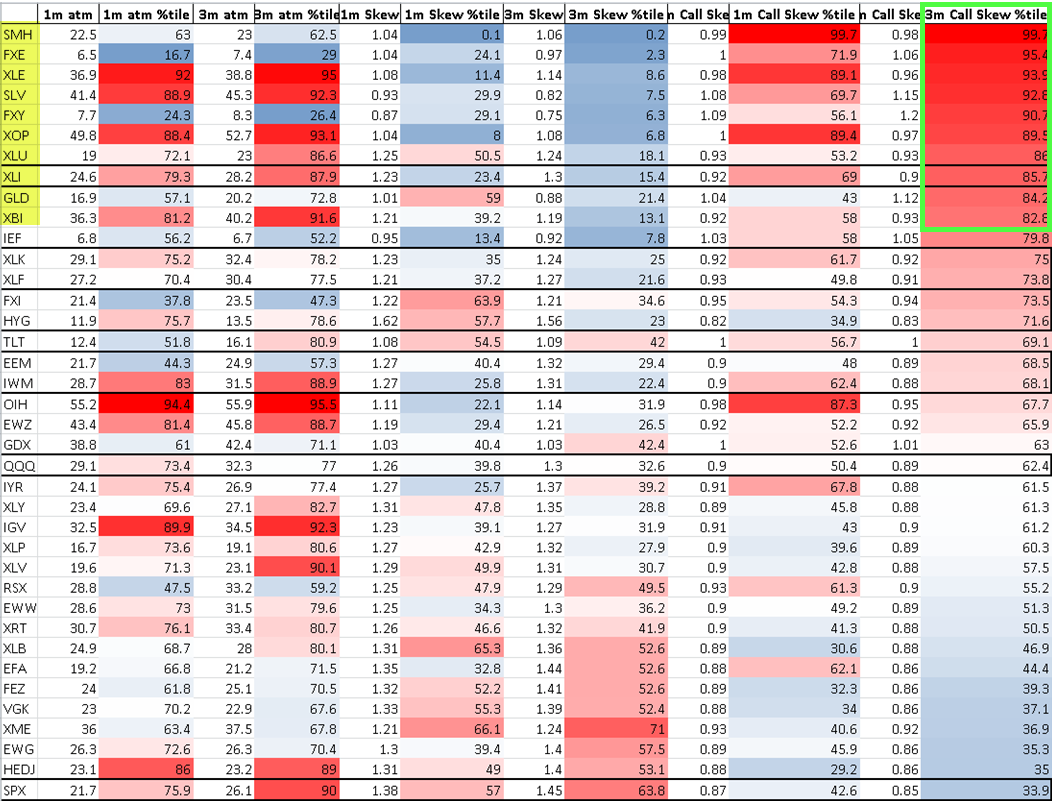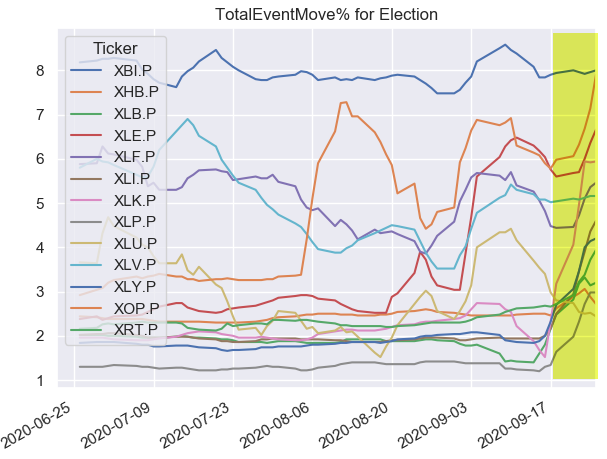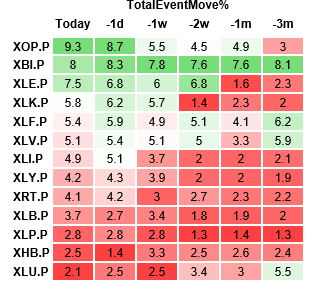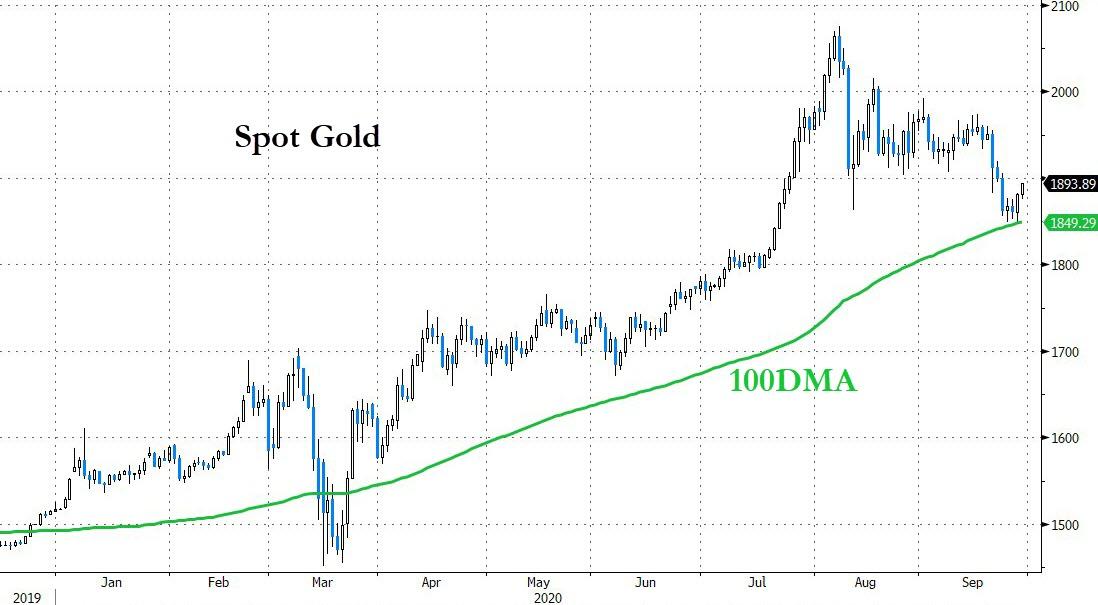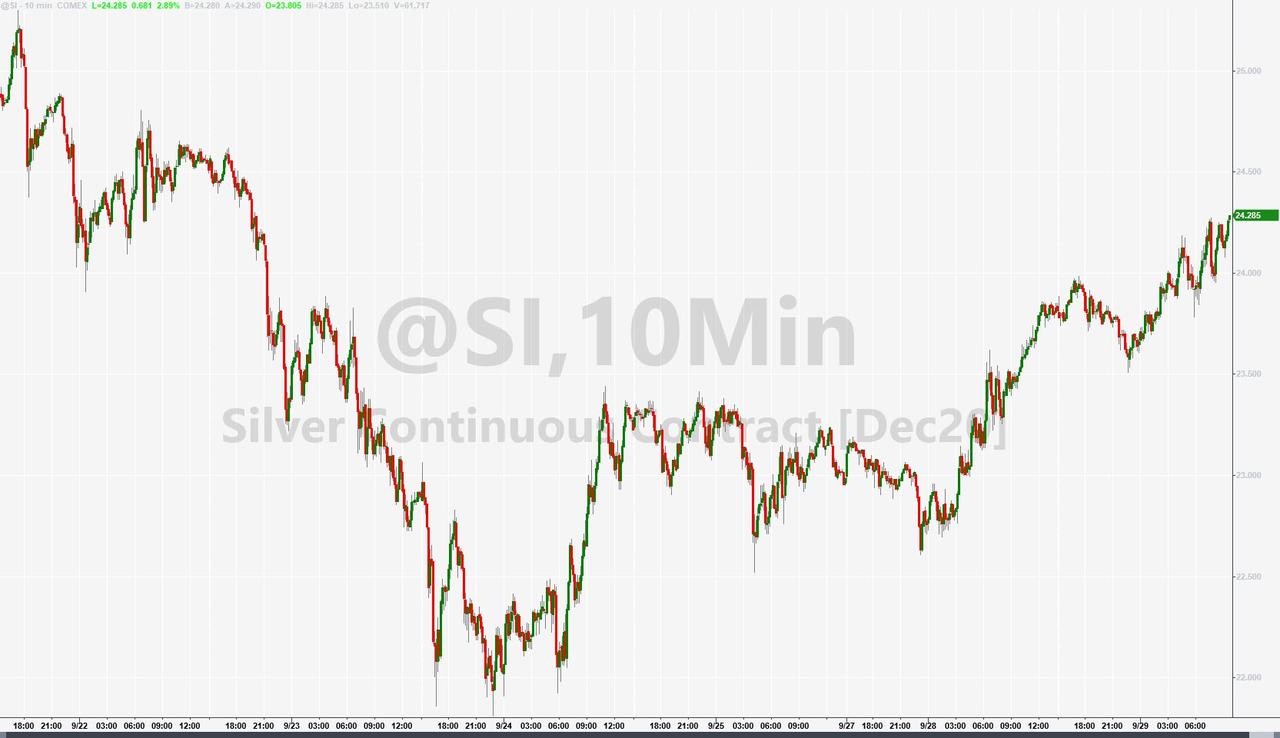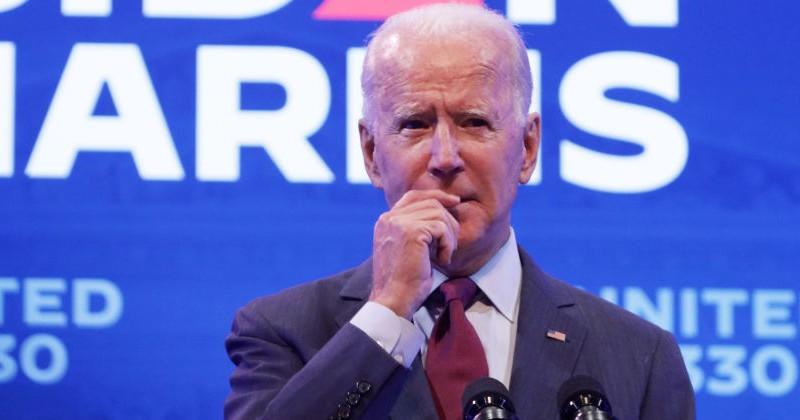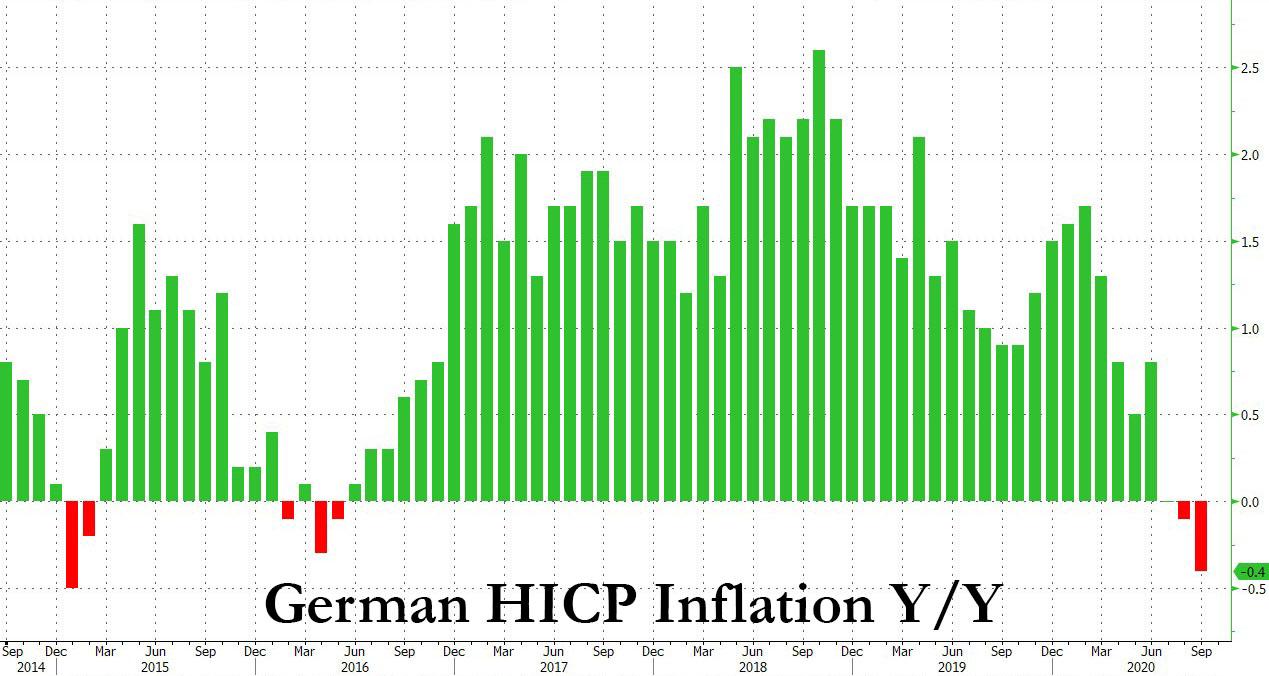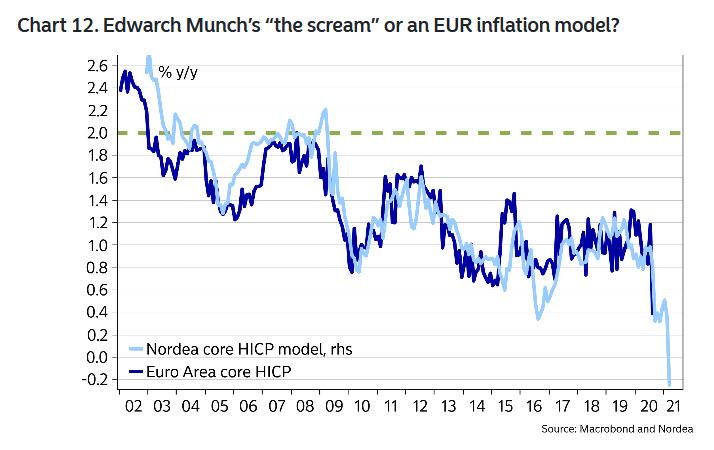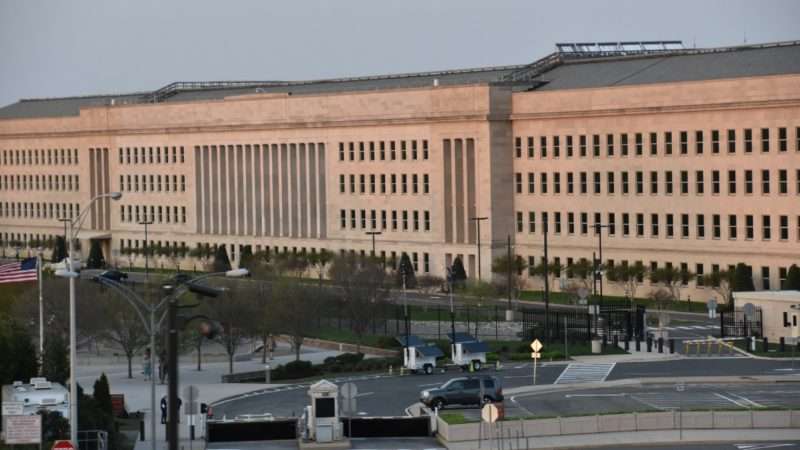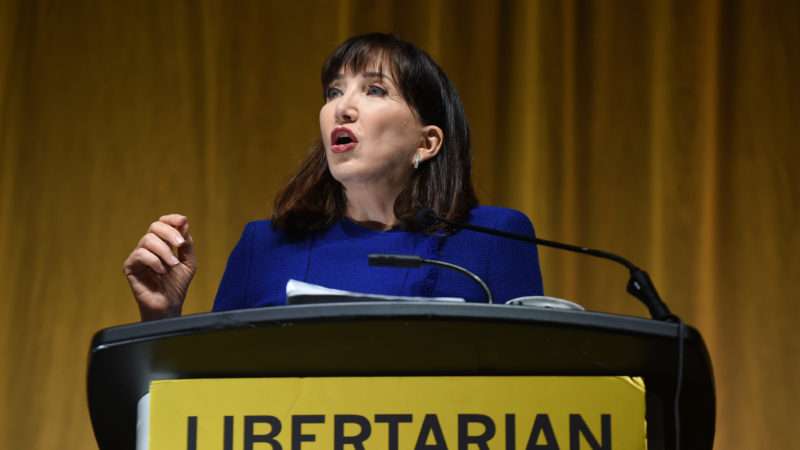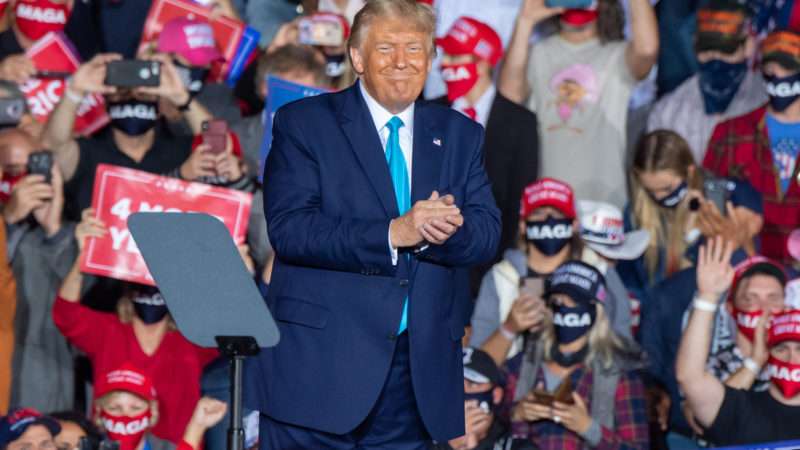
At long last, President Donald Trump has announced his health care plan. The problem is, it’s not a health care plan. It’s an empty promise attached to a federally funded bribe.
The saga of how we got here is a long and annoying one, filled with policy arcana that is both incredibly important and almost entirely irrelevant since it is so often discarded in favor of political imperatives. Trump has rendered the entire health care debate into a glum farce.
From practically the moment he began running for president, Trump promised to repeal and replace Obamacare, the health care law signed by his predecessor, Barack Obama. Republicans in Congress spent most of the first year of Trump’s presidency working on various repeal and replace plans, but they never coalesced around a single proposal, and the final attempts were essentially legislative shells structured so that the details could be filled in later. Even as the GOP attempted to pass actual replacement legislation, it could not, in the end, describe what that replacement would be. No major health care bill was ever signed into law.
Still, Trump persisted in promising that a new health care plan was forthcoming, saying on multiple occasions over the last several months that it was imminent—just two or three weeks away.
At no point did Trump provide any substantive details about what would be in his new plan; at most, he would promise that it would offer some form of protection to people with preexisting health conditions, without explaining precisely how. That promise was complicated by the fact that Trump was backing a legally dubious lawsuit to overturn Obamacare, including its rules governing how insurers must treat people with preexisting conditions.
There were legitimate arguments to be made that those rules raised premium prices for buyers of individual market health insurance, and even that they provided some incentives for insurance companies to provide worse coverage to the chronically ill. But Trump wasn’t making those arguments. Instead, when asked about Obamacare’s preexisting conditions rules, he would say, with characteristically jumbled syntax, something that sounded roughly like a promise to keep those rules in place. Trump was not teasing an alternative mechanism, or offering a critique of Obamacare; he was trying to have it both ways, pushing to strike down Obamacare in the courts while insisting that he would preserve its core insurance regulations.
Last Thursday, with the election barely more than a month away, Trump revealed his vision for health care, including his plan for protecting preexisting conditions. It is exactly as substantive as his earlier promises to protect preexisting conditions, which is to say that it is almost completely without substance. To protect people with preexisting conditions, Trump said he would sign an executive order declaring that it is the policy of the United States to protect people with preexisting conditions.
That is not a policy mechanism. It is not legislative edict. It is a statement of intent, backed up by nothing. It is equivalent to declaring that it is the policy of the United States that henceforth all watermelons shall be seedless. That might be desirable, but it is not going to happen without a mechanism in place to make it happen. It is not a plan, because Trump—still—does not actually have one.
Instead, he has a gimmick. At the same speech last week, Trump said he would send 33 million seniors $200 prescription drug gift cards. Think of it as the political equivalent of a retailer offering a holiday promotion, except the holiday in question here is the election. That is Trump’s preelection pitch to seniors: Here’s $200.
If enacted, Trump’s gift card program would cost about $6.6 billion. In theory, that money would come from savings from a prescription drug program referred to as “most-favored-nation” pricing, which would guarantee the United States doesn’t pay more for drugs than other countries. But that program hasn’t gone into effect yet, and the administration has been tellingly quiet about the specifics, with one White House official telling reporters: “Unfortunately, the details of the offsetting requirements [of the Medicare drug pricing program] are still yet to come. Expect more details out of the White House in the near future.” As always with Trump and health care, the specifics will arrive later.
Nor is it clear whether the program could even legally operate through Medicare’s demonstrations program. That program was intended to allow small-scale experiments with payment models, which, if successful, could then be scaled up to provide savings to the program as a whole. Trump’s plan to give $200 gift cards to 33 million seniors looks less like a small-scale experiment designed to find a way to save Medicare money and more like a program of taxpayer-funded bribery.
Which, needless to say, is also not a health care plan in any meaningful sense. Because Trump never really has a plan. He has gimmicks and delaying tactics. That’s it.
Occasionally, when I complain that neither Trump nor most of his fellow Republicans have health care plans to speak of, libertarian-minded readers respond that politicians shouldn’t have health care plans, because the federal government shouldn’t be in the business of managing American health care at all.
I agree that the federal role in health care should be significantly diminished. The problem with this is that the federal government is already in the business of managing American health care. One could plausibly argue that spending money on health care is the primary thing the federal government does.
In 2019, the federal government spent about $630 billion on Medicare alone, an amount projected to rise to about $1.3 trillion in 2029. One of Medicare’s key trust funds is set to become insolvent in 2026, yet Trump has promised not to touch the program. Major health care programs—particularly Medicare and Medicaid—are among the largest federal budget items and biggest drivers of long-term federal debt. About one-sixth of the total economy is devoted to health care, and by the end of the decade it will be closer to one-fifth; about half of that spending comes from the federal government. Meanwhile, health insurance post-Obamacare has remained unaffordable for many middle-class families; longstanding tax incentives for employer-subsidized health insurance create logistical headaches and problematic incentives for insurers. Pricing for health care services is opaque and maddening.
No plan means no effort to address any of those issues. It means leaving the status quo, with all its problems, in place. Which, on the evidence, appears to be Trump’s actual plan.
from Latest – Reason.com https://ift.tt/3cFlk93
via IFTTT

